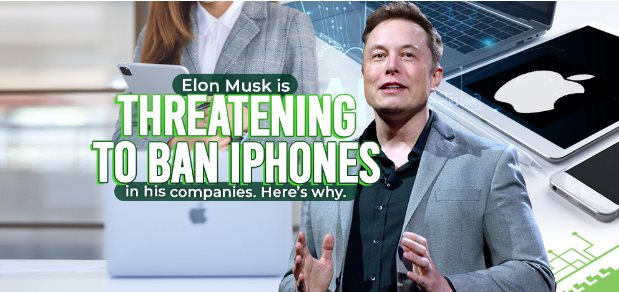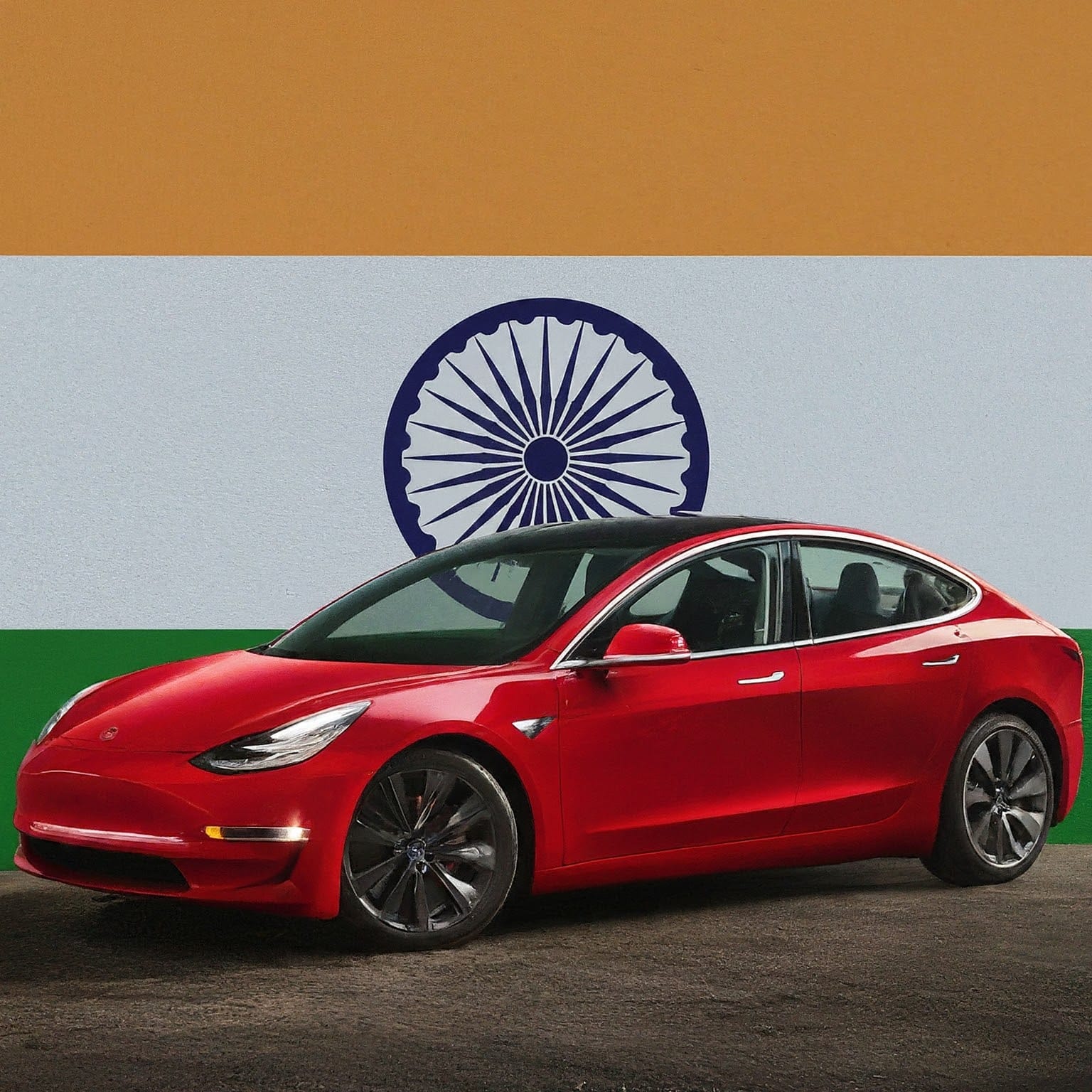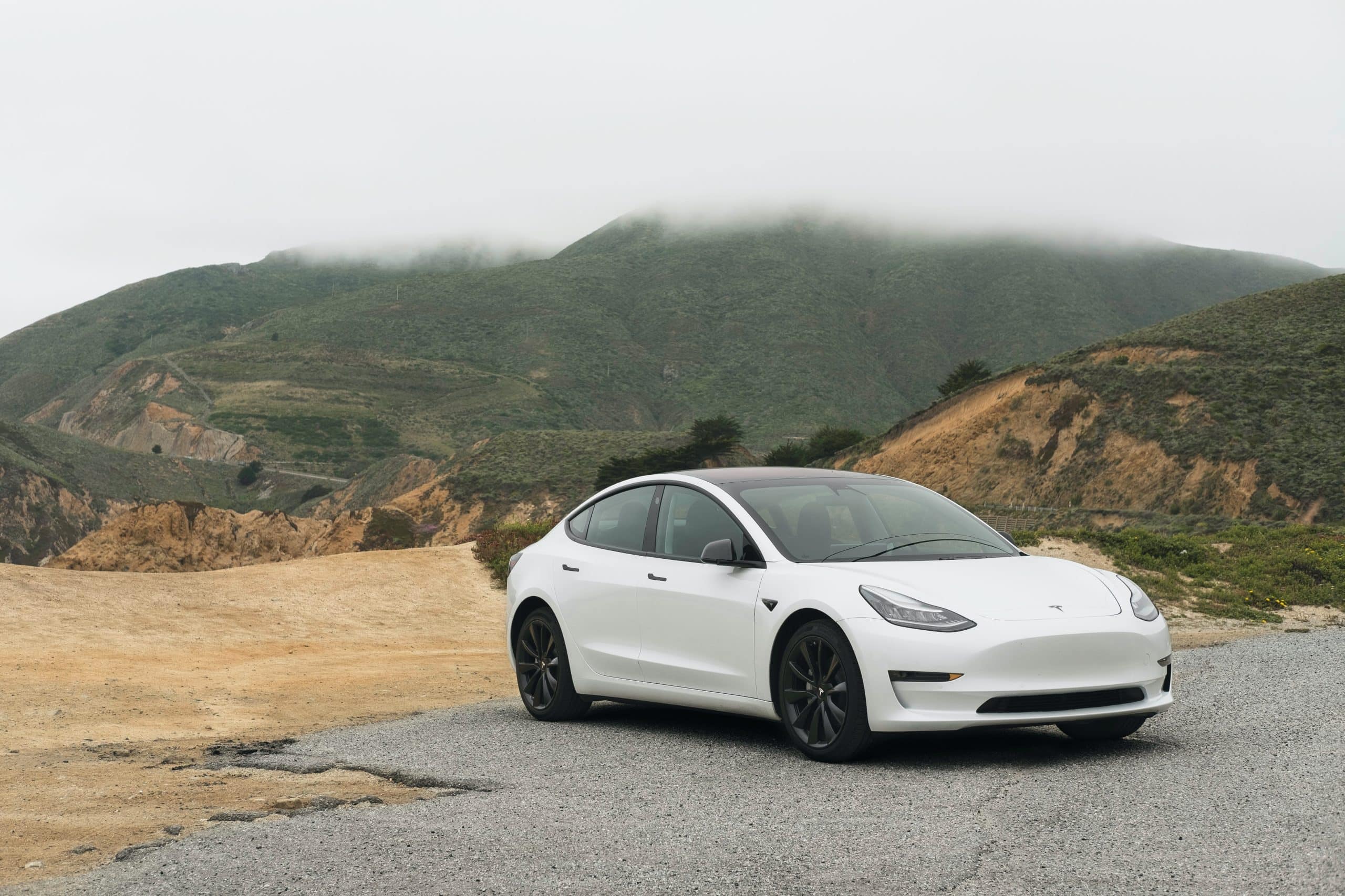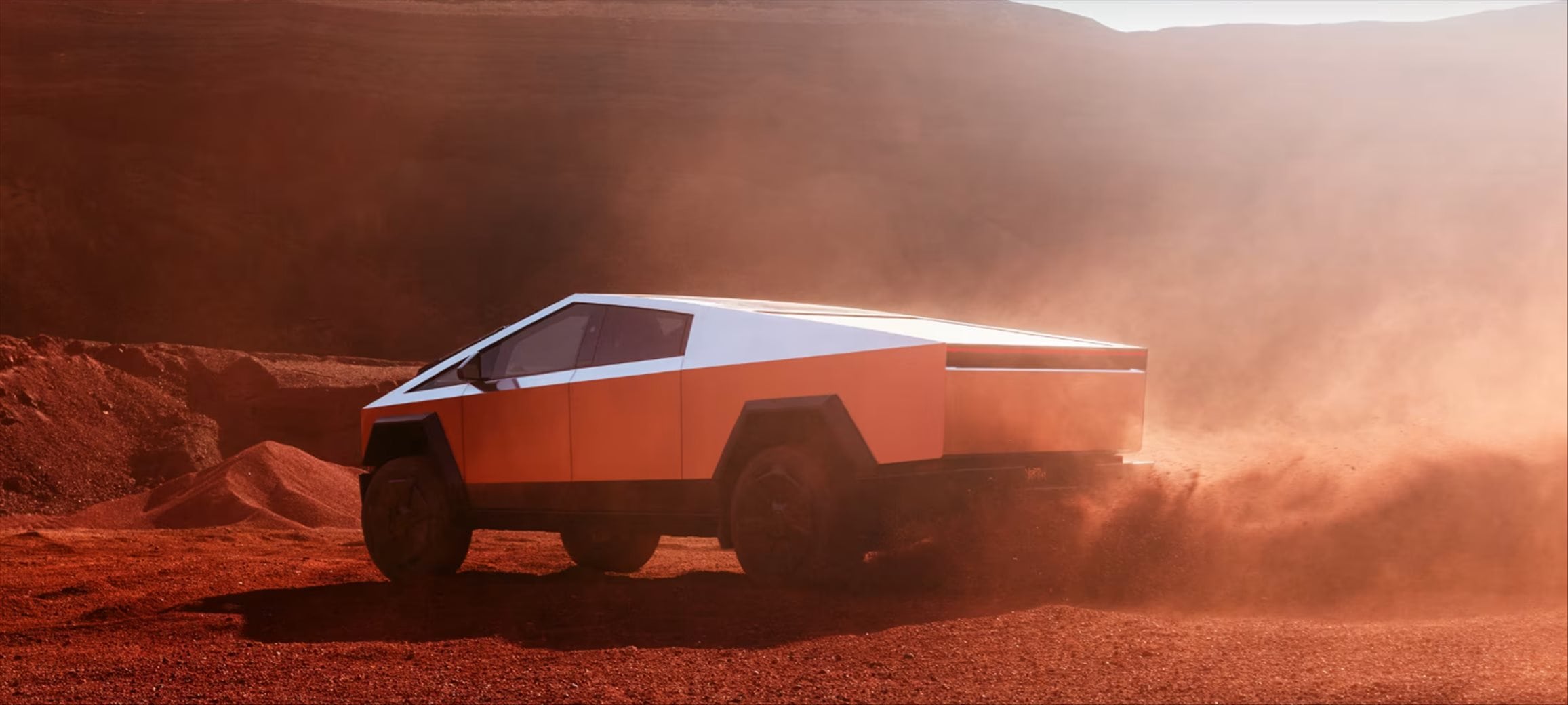It seems the world is no stranger to Elon Musk and his great declarations of a futuristic ideal, such as “Tesla Cybercab.” Last week, at the fascinatingly themed “We, Robot” event, promises of an autonomous and affordable fleet of electric cars to roar onto roads were almost too good to be true, courtesy of Tesla CEO Elon Musk.
But amidst the fancy presentations and futuristic visions, this road to realizing the Cybercab dream is indeed strewn with challenges, uncertainties, and skepticism. Is Tesla getting close to delivering the future promised by the fully self-driving FSD of the company? Well, FSD is still far from becoming commercially viable, and regulatory hurdles stand in its way. Let’s dig into the details of the Cybercab project by Tesla and what kind of influence, or complication, it may have on our future transport.
Tesla Cybercab: The Beginning of the End?
Tesla’s Cybercab: The Big Reveal
Expectations were high, as Tesla enthusiasts held their collective breath for some concrete news during the “We, Robot” event regarding the Cybercab and all its potential. Countless promises of getting solid safety data will be presented over the readiness of Full Self-Driving technology and numerous hopes expected CEO Elon Musk to walk into the show and provide solid safety data on a product that can surpass human capabilities and ride as a Level 4 Autonomy vehicle—that is, a vehicle that makes no requirement for human input in specified conditions.
However, nothing appeared to temper the skepticism of Musk’s presentation dazzling with movie-like fanfare, robot bartenders, and gourmet food. Instead, he promised again- famously for quite nearly a decade that fully autonomous cars will be “just two years away.”
The Technology Gap: What Tesla Didn’t Say
Despite all the hubbub over the presser, Tesla still hadn’t talked about the important thing about its autonomous technology de deux with the technological and regulatory hurdles standing in its way. Many in the AV industry have long contended that hardware isn’t the main obstacle to self-driving. It is, rather, the software. From Carnegie Mellon, AV expert Phil Koopman has long agreed.
The massive improvement that Tesla’s new hardware–both sensor arrays and vision systems–bring cannot compare to the complexity of real-world driving and how little it can be controlled well by the software of the cars. Musk should have talked about improvements to Tesla’s onboard processing power or its vision system, but he merely danced around these problems. For one, Tesla did not appear to yield on the use of lidar (as most other makers of autonomous vehicles have as an essential safety system); instead, the company remains laser-eyed on camera-based systems, a decision many seem to take as a gamble.
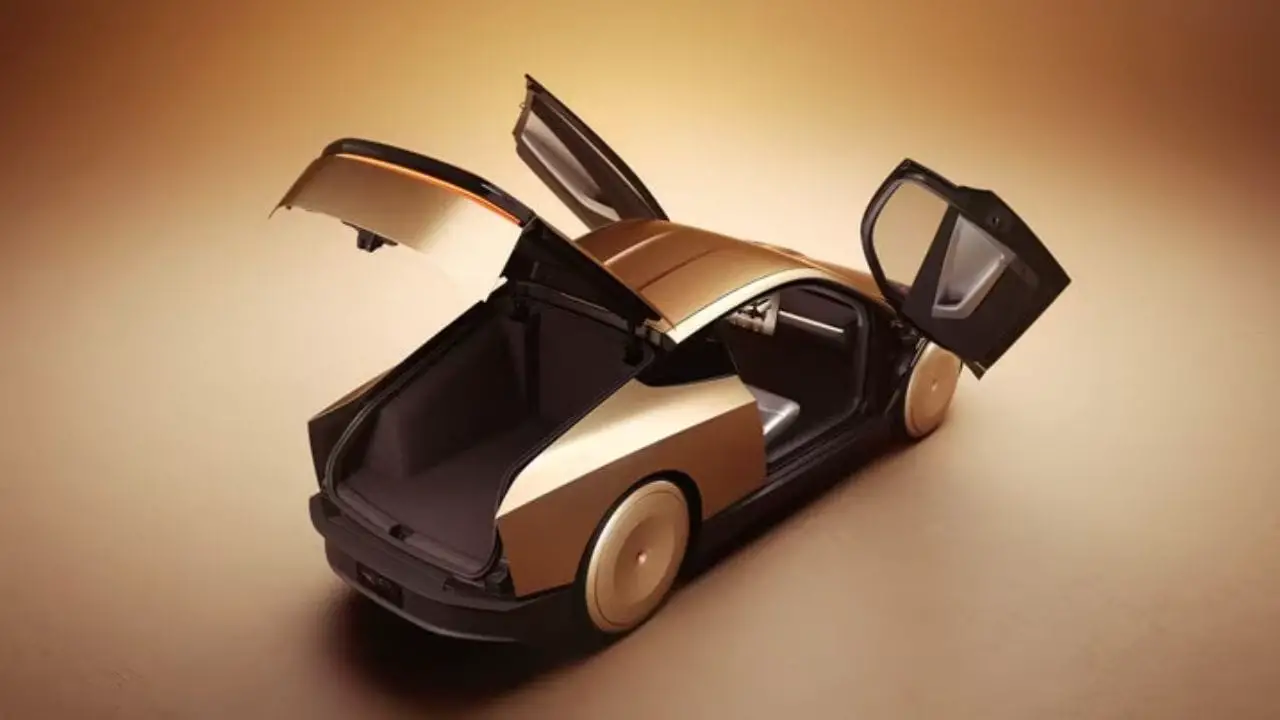
FSD: Between Promise and Reality
He’s been repeating the mantra since 2016 that Full Self-Driving capability would be ready in a matter of “two years.” Now we are at 2024, and fully autonomous Teslas are still not on the road. What has changed is that FSD technology has advanced. However, it is nowhere near the needed mark for reliability or safety to be driven without human oversight.
Even big players in this space, like Waymo, tread with great care. The company is gradually scaling up its operation in certain cities, observing its vehicles’ behavior, and collecting feedback to further enhance performance. Contrasting this with Musk’s announcement to step up Tesla’s FSD rollout to the next year in Texas and California while aiming to kick off Cybercab production by 2026.
Regulatory Hurdles form one big impediment.
One of the most significant hurdles for this project is the legal and regulatory frameworks surrounding the implementation of fully autonomous vehicles. For example, in California, the Department of Motor Vehicles needs to approve a permit to get the driverless car operational on public roads. It means proving that FSD has reached a level of safe operation — a benchmark Tesla hasn’t accomplished yet.
In addition, Tesla would have to seek federal waivers to manufacture Cybercabs without an appliance like a steering wheel or pedals. This is a long process, and it’s not clear if the waivers would come through, especially considering all the scare people have surrounding the safety of autonomous driving technology.
Liability: Who’s Liable?
Liability is another looming issue, one that Tesla will have to consider. In the case of an accident where a completely autonomous Tesla crashes, who is liable? To date, Tesla has avoided full liability for accidents resulting from its vehicle automation whether it is Autopilot or otherwise. It has continued to hold the position that it will only take liability where there is evidence of a “design flaw.” This position will likely become steadily more impossible to deal with as we approach full autonomy.
The Problem of Full Fleet Maintenance
It will also be hard to manage an autonomous vehicle fleet, and the Cybercab will definitely not be an easy task. Tesla did mention briefly that it unveiled a robot for cleaning Cybercabs. However, fleet maintenance is a much more complicated thing than that. Cleaning cameras during winter, charging, and minimal repairs are all logistical issues that Tesla has to consider in case it decides to roll out an entire fleet of autonomous taxis.
Other firms developing autonomous automobiles, like Cruise and Waymo, have developed remote support systems to help the vehicle when an incident arises, like redirecting through a roadblock or managing a congested intersection. These companies depend on remote operators to aid their cars in real-time. Tesla has not specified how the Cybercab fleet would operate in reality.
Future of Autonomous Driving: Caution vs. Optimism
The Tesla Cybercab concept, while ambitious, still goes a long way to realize full autonomous driving. The list of work to be overcome includes regulatory approval and downstream fleet maintenance, among other things. Even after tackling that hurdle by Tesla, the question still remains whether the world is ready for such fully autonomous vehicles. All this notwithstanding, Musk continues to paint a very rosy picture of the future. For example, he could foresee the day when gardens will be replaced by parking lots.
The futuristic world in his dream seems to be represented by electric cars that could shuttle around humans automatically from one city to another; way far from reality at the moment though. Tesla’s Cybercab might be the future of transportation, but let’s not forget that this still translates to years into the future. Promising promises were made by Elon Musk regarding affordable, fully autonomous taxis, but these are to be taken with a grain of salt.
Many technological as well as regulatory hurdles would have to be overcome before Tesla’s Cybercab rolls on the roads. We are on the threshold of a new era in transportation, and so it pays to keep things in perspective about what awaits. While Tesla has much ground still to cover until its dreams come into play, if it works it might very well have the game-changing Cybercab.


